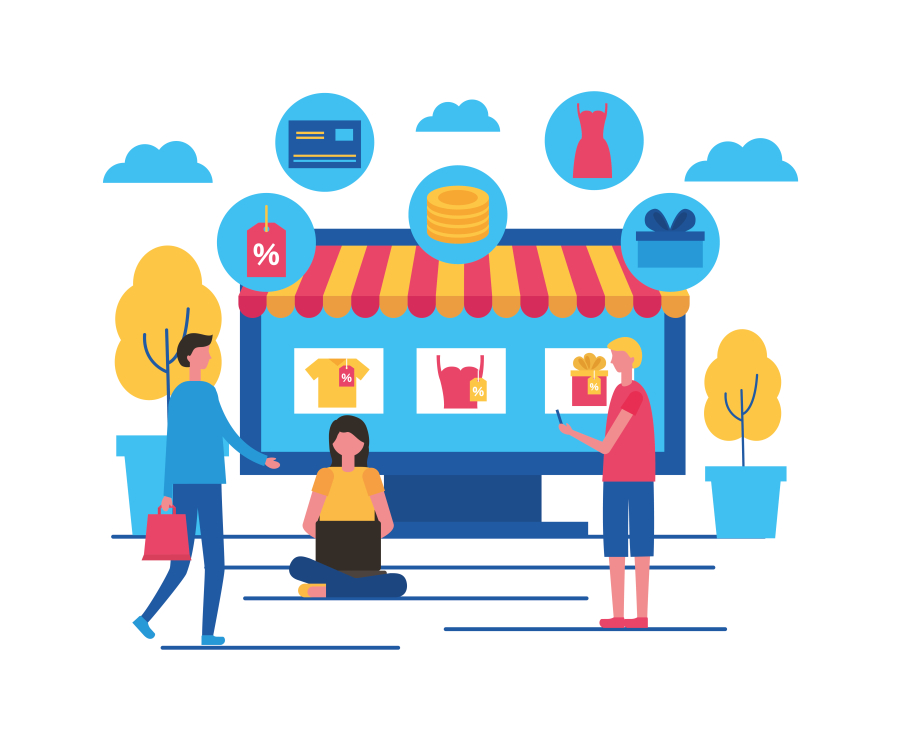Navigating Copyright Issues as a Graphic Designer
As a freelance graphic designer, your creativity is your most valuable asset — but it’s also vulnerable to legal complications. Whether you’re designing logos, websites, social media posts, or digital illustrations, copyright laws play a crucial role in protecting your work and avoiding unintentional infringement.
At FreelancerBridge, we know that understanding copyright law isn’t just for lawyers — it’s essential for designers building a sustainable, professional career. In this in-depth guide, we’ll break down the key copyright concepts every freelance designer needs to know, offer real-world examples, and share tips to protect your creations while respecting the work of others.
Long Description
What Is Copyright?
Copyright is a legal right that gives the creator of an original work exclusive control over its use. In the design world, this means that once you create something original — a logo, poster, website layout, or illustration — you automatically own the copyright to that work.
Key points:
You don’t need to register your design to own the copyright (though registration adds legal strength).
Copyright protects original expression, not ideas or styles.
It covers both digital and print designs.
The protection typically lasts for your lifetime plus 60 to 70 years, depending on your country.
Why Graphic Designers Need to Understand Copyright
As a designer, you must know:
How to protect your own work from being stolen or used without permission
What you can and cannot use from the internet, stock sites, or client assets
How to transfer rights legally to clients or collaborators
What happens in cases of infringement — whether you're the victim or at fault
Failing to understand copyright can result in:
Lawsuits or takedown notices
Lost income
Damaged reputation
Banned accounts from platforms like Etsy or Instagram
Avoiding these pitfalls starts with legal awareness.
Common Copyright Myths in the Design World
“If it’s online, it’s free to use.”
→ False. Most content online is copyrighted, even if it's accessible.
“I changed it, so it’s mine now.”
→ Not true. Derivative works without permission can still infringe on copyright.
“Stock images are always safe.”
→ Not always. You need to follow the exact license terms.
“I can use brand logos in my portfolio or artwork.”
→ Risky. You may need permission depending on how the logo is used.
Clarifying these misconceptions can save freelancers from legal trouble.
Types of Work Protected by Copyright in Design
As a graphic designer, the following works are typically protected:
Logos (if they are original and not just basic text)
Illustrations and drawings
Web layouts and UI mockups
Posters and banners
Fonts (in some jurisdictions)
Icons, vectors, and animations
Custom branding or product packaging
Note: Basic shapes or common patterns may not qualify for copyright protection unless they are combined in a unique way.
Licensing: Understanding the Legal Use of Design Assets
What is a License?
A license is a legal agreement that allows someone to use copyrighted material under specific conditions. You will often work with licenses for:
Fonts
Stock photos
Mockups
Templates
Music or video (for multimedia projects)
Types of Licenses:
Personal Use: For non-commercial, individual use
Commercial Use: For business, monetization, or client projects
Extended License: For products that will be sold or mass-produced
Royalty-Free: One-time purchase, unlimited use (but not always full ownership)
Creative Commons (CC): Free licenses with different levels of permission (e.g., attribution required)
Always read the license before using any third-party asset — even free ones.
Copyright Ownership in Freelance Work
Who Owns the Design After It’s Delivered?
This depends on the contract between you and the client. You, as the creator, automatically own the copyright unless you:
Transfer it in writing to the client
Grant a license (exclusive or non-exclusive)
Client Scenarios:
Full Buyout: Client gets all rights (often for higher fees)
Limited License: Client can use the design, but you retain rights for portfolio use
Work-for-Hire: In some contracts, the client is considered the legal creator (common in employment, not freelancing)
Pro tip: Always define ownership clearly in your freelance contract.
How to Protect Your Own Work
1. Use Watermarks or Low-Res Previews
When sharing design drafts or previews online, use watermarks or reduced quality to prevent misuse.
2. Register Your Work (Optional but Recommended)
In the U.S., you can register with the U.S. Copyright Office
In India, via the Copyright Office, Government of India
This is useful if you ever need to enforce your rights in court
3. Add Copyright Notices
Even though copyright is automatic, adding a notice can deter theft:
© 2025 Your Name or Brand. All Rights Reserved.
4. Monitor for Infringement
Use tools like:
Google Reverse Image Search
Pixsy
TinEye
These tools help track if someone is using your work without permission.
What To Do If Someone Steals Your Work
If you find your design copied or stolen:
Document the infringement (screenshots, URLs, dates)
Contact the offender politely requesting removal or attribution
Issue a DMCA Takedown Notice if the content is hosted on platforms like YouTube, Etsy, or Instagram
Contact a lawyer if the issue escalates or involves financial loss
Stay calm and professional. Many cases are resolved without legal battles.
How to Stay Legally Safe as a Freelancer
Only use licensed resources (paid or free)
Avoid copying styles or designs too closely
Credit other creators if required
Include copyright and licensing clauses in contracts
Read terms on stock, font, and asset platforms thoroughly
Ask for written permission when needed
A little caution goes a long way in protecting your business.
Example Contract Clause (For Freelancers)
Copyright & Usage Rights: The designer retains copyright ownership of all original works created. The client is granted an exclusive, non-transferable license to use the final design for the specified purpose only. Full ownership transfer requires a separate agreement and fee.
You can customize this clause to fit your work style and client expectations.
Tools and Resources
Creative Commons Search – Find free assets with usage rights
Pixsy.com – Protect and monitor visual work
Unsplash / Pexels / Freepik – Always check license terms
Copyright.gov – For U.S. registration
WIPO.int – Global copyright information
Final Thoughts
Copyright law may seem complex, but understanding the basics is essential for protecting your work and operating professionally. As a freelance graphic designer, respecting others’ rights while defending your own helps build credibility, reduce legal risks, and strengthen your creative business.
At FreelancerBridge, we believe that legal awareness is just as important as design skills. The more you understand your rights and responsibilities, the more confidently you can grow your freelance career — while keeping your work secure.


 by Emily
by Emily




